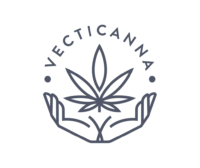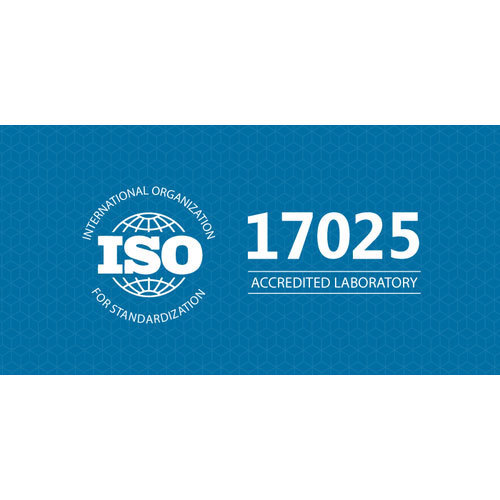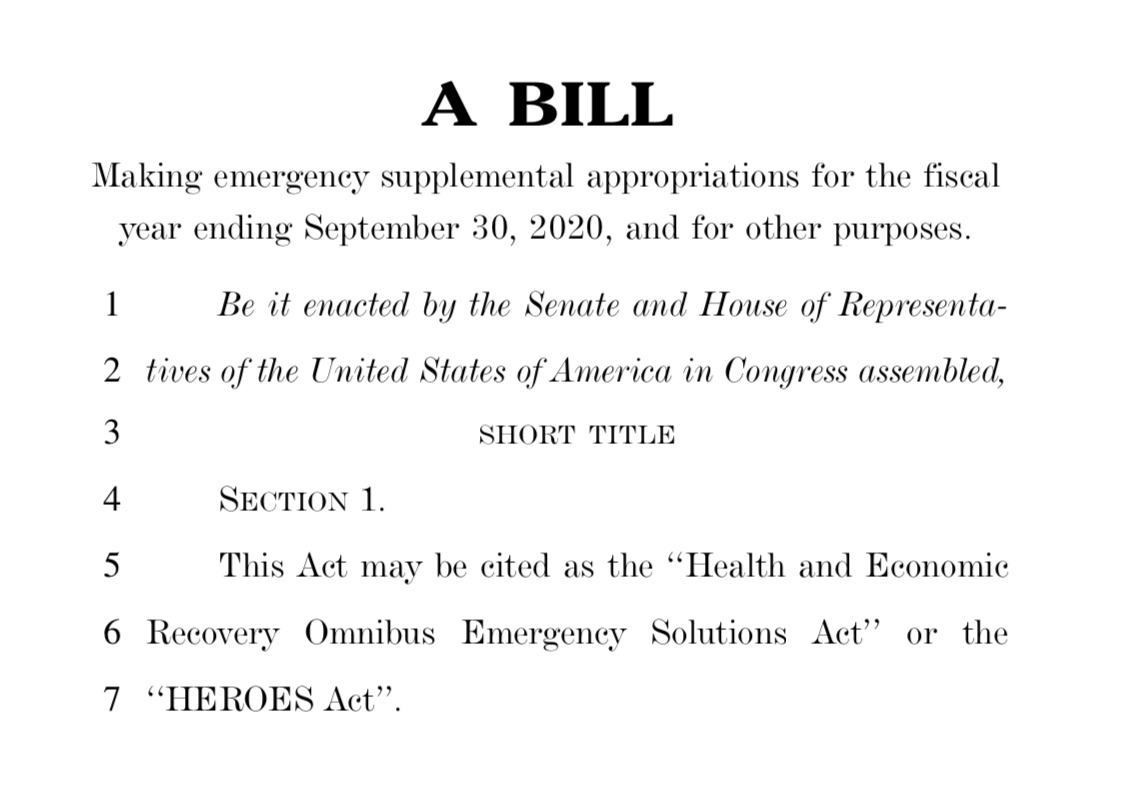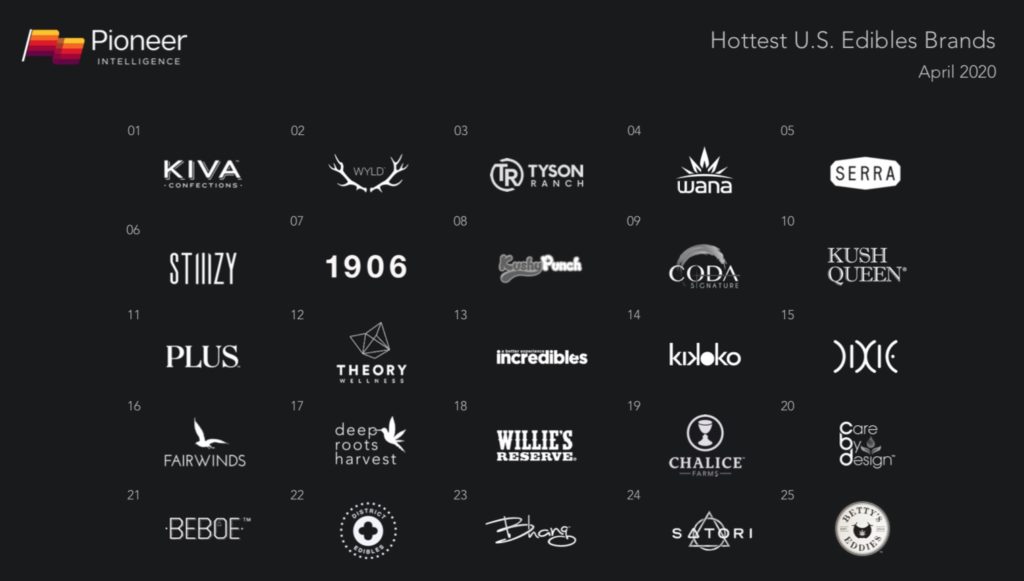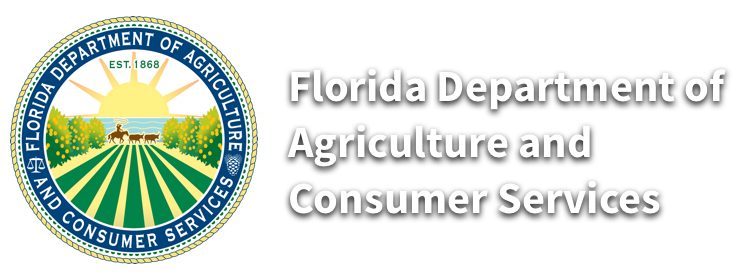The COVID-19 crisis is plunging the global economy into recession, changing consumer behavior and the world of business. Cannabis businesses are no stranger to operating in a challenging landscape. The constantly evolving legal status, regulatory hurdles and social stigma has forced founders in this space to be nimble and more financially wise with their capital.
While the market has experienced a seismic shift that has already attracted investors to inject capital into the cannabis industry and seen neighboring industries, including tobacco, alcohol and pharma, come into the fray, COVID-19 will change key industry structures and operations. To succeed and cultivate value, cannabis companies must adapt to the new realities of the marketplace to be well positioned for continued growth after the pandemic subsides.
With social distancing guidelines suddenly forcing brick-and-mortar retailers to move their businesses and customer experiences online and disruptions to the supply chain due to international travel and business directions, some businesses will struggle to stay afloat.
 As consumer behaviour and online shopping patterns adjust to a new way of living (affecting B2B sales, online ordering, deliveries and manufacturing), leadership and strategic thinking will be paramount.
As consumer behaviour and online shopping patterns adjust to a new way of living (affecting B2B sales, online ordering, deliveries and manufacturing), leadership and strategic thinking will be paramount.
By understanding where the challenges and opportunities lie, cannabis businesses can thrive. Here are some focus areas and tactics to consider:
- Targeted consumer segmentation through social media
When starting a cannabis business, it is key to understand who your core consumers are and what they want from their products. This has become even more acute because of the pandemic with consumers flocking to all sorts of health-focused products including CBD.
With everybody spending more time online, social media use is on the rise. Executing a social media plan to include influencer outreach can increase brand visibility, build a solid consumer base and create brand advocates.
Instagram is essential to a cannabis business building an online presence but it’s important that it doesn’t become a “hard sell, please buy me” channel. Plan and make Insta-worthy content that educates and entertains followers to increase engagement, click-through rates and leads. Brands may want to pair with an influencer on either a gifting or paid-for basis which will mean the brand appears in a potential customer’s feed as they interact with their favourite accounts.

The art is finding key influencers whose audience is one that you would like to interact with. This type of positioning will allow cannabis businesses to reach a new audience or group of people.
- Marketing and PR
In times like these, many companies choose to pull back on communication activities and expenditures for fear of spending too much for what they perceive as little return, however, marketing and PR, when executed well, can be the lifeline of any business.
With so much noise in the market about the “next best thing in cannabis”, effective marketing and PR can distinguish brands that are credible and offer a strong value proposition to those that are all smoke and mirrors.
The current needs of businesses and consumers are much different than they were just a few short months ago, so it’s important to understand these needs and spending habits while combatting negative perceptions of cannabis.
As cannabis companies are not able to advertise like mainstream companies, a strong public relations and marketing strategy will enable firms to communicate their identity, build trust, shift perceptions through media coverage, enhance reputations and reach customers, partners and investors.
- Cost cutting
Businesses in every sector are cutting costs to keep their businesses afloat. This needs to be done strategically and requires senior leadership teams to explore cost reduction strategies and streamline non-essential costs.
This may mean further consolidation of cannabis companies and supply chains to manage cash flow and maximise resources. Companies may even look to create strategic partnerships with complementary businesses in the industry or push some firms towards mergers and acquisitions.
Business models will evolve as cannabis companies identify inefficiencies and reconfigure their operations and messaging. This could range from assessing their R&D capabilities, agricultural assets, manufacturing chains or route to market.
- E-commerce capabilities

The postponement of countless CBD Expos, trade shows and cannabis conferences are creating new demand and opportunities for businesses. To reach prospective wholesale clients, investors and connect to their customer base, firms are entering the digital marketplace. Digital events, Zoom investor pitch panels and email marketing and sampling is on the rise and expected to grow over the coming months.
CBD brands should work in parallel with their retail partners to influence product samples in digital offers and create a touchless transaction. Buying products online is going to become a permanently entrenched habit, even when restrictions are fully lifted so it’s worth looking at how technology can support and enhance sales while offering a smooth customer experience.
- Industry Relationships
Everyone in the cannabis industry will be affected by COVID-19 so maintaining positive relationships is vital in these tough times. Calling investors or partners to tell them what is going on with your business or checking in on others in your ecosystem means information can be shared to iron out any issues and help generate ideas to future proof the business. “A problem shared is a problem halved!”
COVID-19 is creating incredible business challenges. As we navigate the new normal, it’s important to adapt and grow. As more products come to market and brands/services develop distinguished offerings, expectations will change so cannabis businesses need to be ready for greener pastures.




















